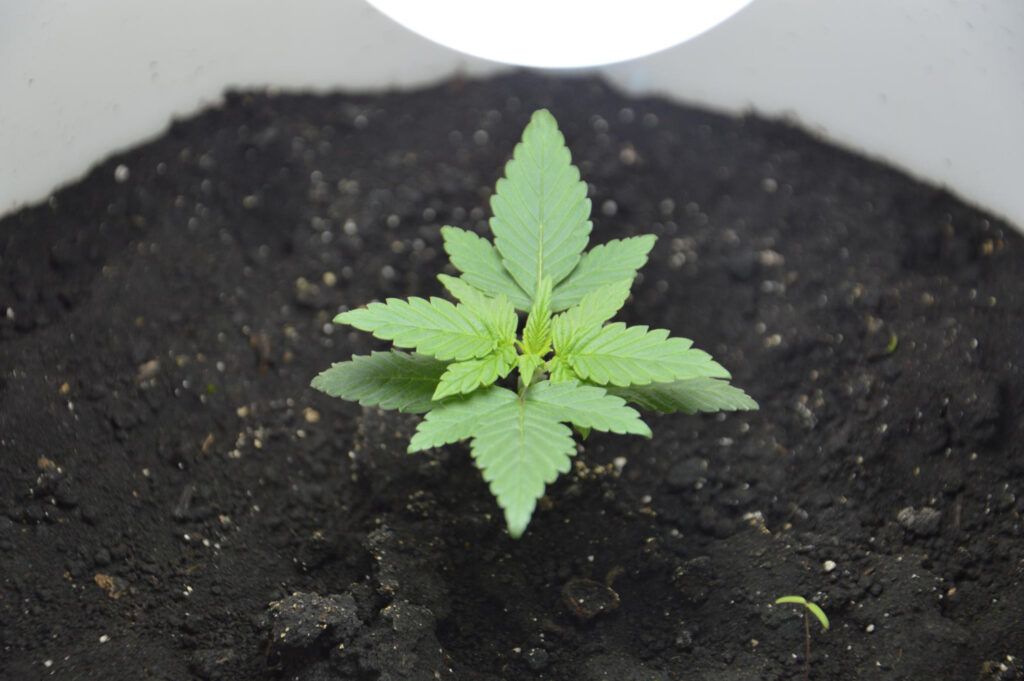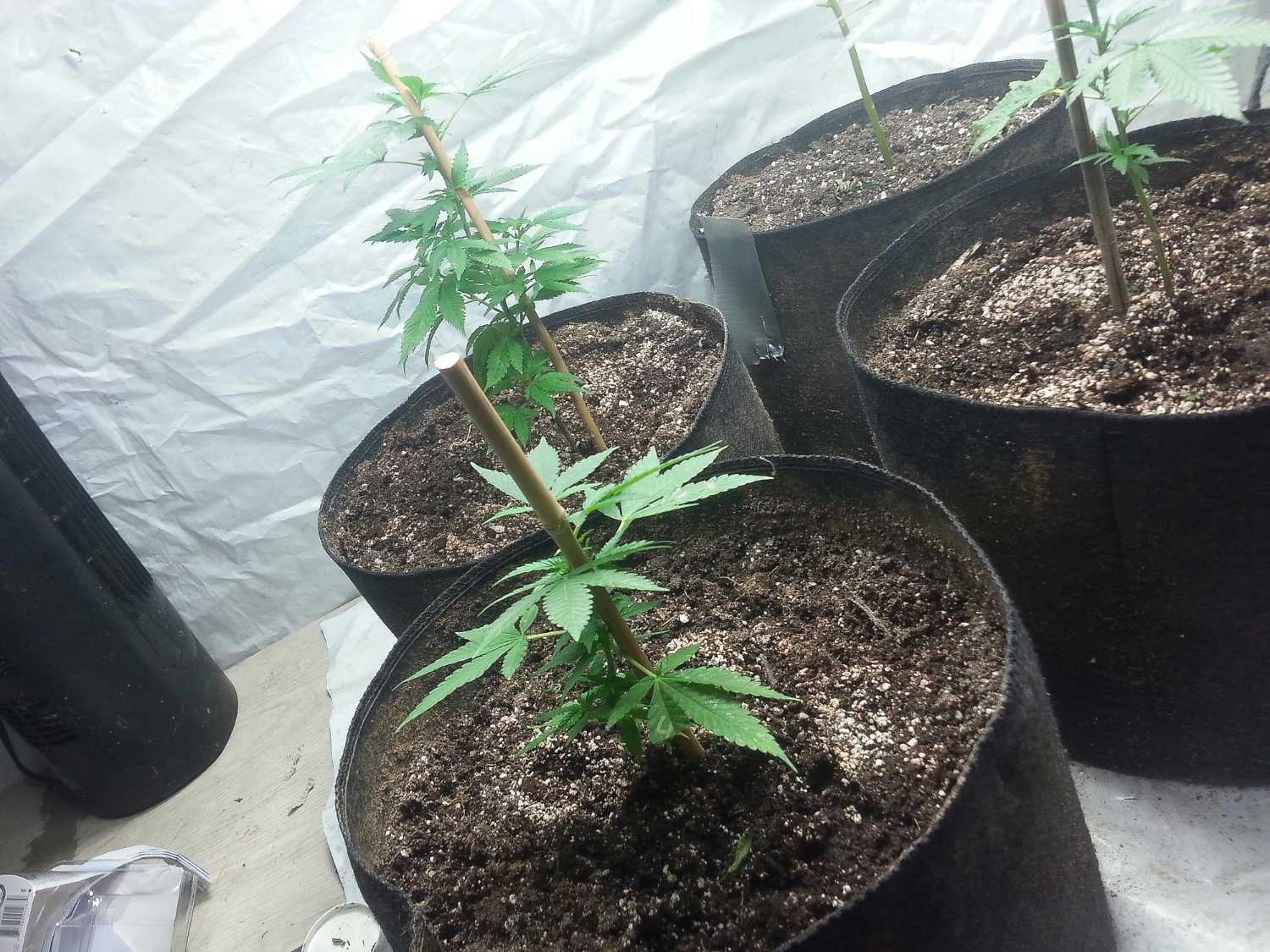Composting has long been recognised as one of the most sustainable and effective ways to enrich soil, but in 2025, it is gaining even more attention in the organic cannabis cultivation sector. With the demand for clean, chemical-free cannabis continuing to grow, cultivators are turning to composting not only as a cost-effective method to recycle organic waste but also as a way to improve plant health, boost yields, and protect the environment. By creating a natural, nutrient-rich soil amendment, compost provides cannabis plants with the balanced nutrition they need throughout their life cycle while supporting a thriving soil ecosystem.
In organic cannabis production, soil quality is the foundation of success. Healthy soil ensures proper root development, efficient nutrient uptake, and strong disease resistance. Compost contributes to all these factors by improving soil structure, increasing water retention, and adding essential nutrients in a slow-release form that avoids the risks associated with synthetic fertilisers. This makes composting an essential practice for both home growers and commercial cultivators seeking premium-quality harvests.
Preparing the Perfect Cannabis Compost

A successful compost starts with the right combination of materials. For cannabis, the goal is to achieve a balanced ratio of “greens” and “browns.” Greens are nitrogen-rich, fast-decomposing materials such as fresh grass clippings, vegetable and fruit scraps, coffee grounds, and cannabis leaf trimmings. Browns, on the other hand, are carbon-rich, slower-to-break-down components like dried leaves, shredded cardboard, straw, and small branches.
The optimal ratio for cannabis compost is about 2–3 parts browns to 1 part greens. This balance ensures that the pile heats up sufficiently to kill weed seeds and pathogens while maintaining the microbial activity needed for efficient decomposition. Too many greens can make the compost soggy and smelly, while too many browns can slow the breakdown process. Regularly turning the pile—ideally once every week or two—helps aerate it, speeding up decomposition and preventing foul odours.
In 2025, many cannabis growers are also incorporating compost accelerators such as beneficial microbes, worm castings, or mycorrhizal fungi to enhance the compost’s nutrient profile. These additions help create a richer final product that supports both plant growth and soil biodiversity. However, certain materials should be avoided entirely, including meat, dairy, oily foods, and diseased plant matter, as these can attract pests or spread pathogens.
Nutrient Benefits for Cannabis Plants
Compost provides cannabis plants with a complete, natural nutrient profile. During the vegetative stage, nitrogen from compost fuels rapid stem and leaf development, ensuring plants grow strong and robust. As the plants transition to the flowering stage, the phosphorus and potassium in compost support healthy bud formation, resin production, and overall plant vitality. In addition to these macronutrients, compost contains essential micronutrients like calcium, magnesium, iron, and zinc—often overlooked but vital for preventing deficiencies.
Another advantage of compost is that it releases nutrients gradually over time. This slow-release process prevents the risk of nutrient burn, which is a common issue when using concentrated chemical fertilisers. It also ensures that cannabis plants have a steady nutrient supply throughout their growth cycle, reducing the need for frequent feeding.
Perhaps equally important is compost’s role in fostering a thriving soil microbiome. Beneficial bacteria, fungi, and other microorganisms present in compost help break down organic matter into plant-available forms, protect roots from harmful pathogens, and even enhance terpene production in cannabis flowers. These microbial relationships create a symbiotic environment that supports healthy, resilient plants.
Seasonal Application Strategies
For outdoor cannabis cultivation in Australia, the timing and method of compost application can significantly influence results. The most effective approach is to incorporate compost into the soil several weeks before planting. This allows the nutrients to integrate and stabilise, creating an ideal environment for seedlings or young plants.
In the spring, compost can be mixed into garden beds or planting holes as a base layer of nutrition. During the active growing season, a layer of compost mulch applied around the base of each plant helps conserve moisture, suppress weeds, and provide a continuous nutrient boost. This top-dressing method is especially beneficial in hot or dry climates, as it reduces water evaporation and keeps root zones cooler.
After harvest in the autumn, adding compost to the soil helps replenish the nutrients that were consumed during the growing season. This post-harvest application also improves soil structure in preparation for the next planting cycle. Indoor and greenhouse growers can benefit from compost as well by incorporating it into potting mixes or using small amounts as a top dressing throughout the year.
Sustainable Growing Through Composting
Beyond its direct impact on plant nutrition, composting plays a key role in making cannabis cultivation more sustainable. By recycling organic waste—such as kitchen scraps, yard trimmings, and even leftover cannabis plant material—growers can reduce landfill contributions, lower their carbon footprint, and create a closed-loop growing system. This aligns with consumer demand in 2025 for environmentally conscious cannabis products, giving organically grown cannabis a market advantage.
From a cost perspective, composting also reduces the need for expensive commercial fertilisers. For home growers, this can mean substantial savings over time, while commercial operations can benefit from both reduced input costs and improved brand appeal. Furthermore, many consumers are increasingly seeking transparency in cultivation practices, and the use of compost is a selling point for those looking to purchase clean, sustainably grown cannabis.
Final Thoughts

In 2025, composting is no longer just an optional practice for cannabis cultivators—it is an essential component of successful organic growing. By preparing nutrient-rich compost, applying it strategically throughout the growing cycle, and recognising its role in fostering soil health, growers can produce cannabis that is both high in quality and low in environmental impact. Whether you are a small-scale home gardener or a licensed commercial producer, composting offers a natural, sustainable, and effective way to boost soil nutrition and ensure your cannabis plants thrive year after year.
If you’d like, I can also create a step-by-step composting schedule specifically tailored to cannabis cultivation so that you know exactly when and how to apply it in different growth stages. That would make this guide even more actionable.





